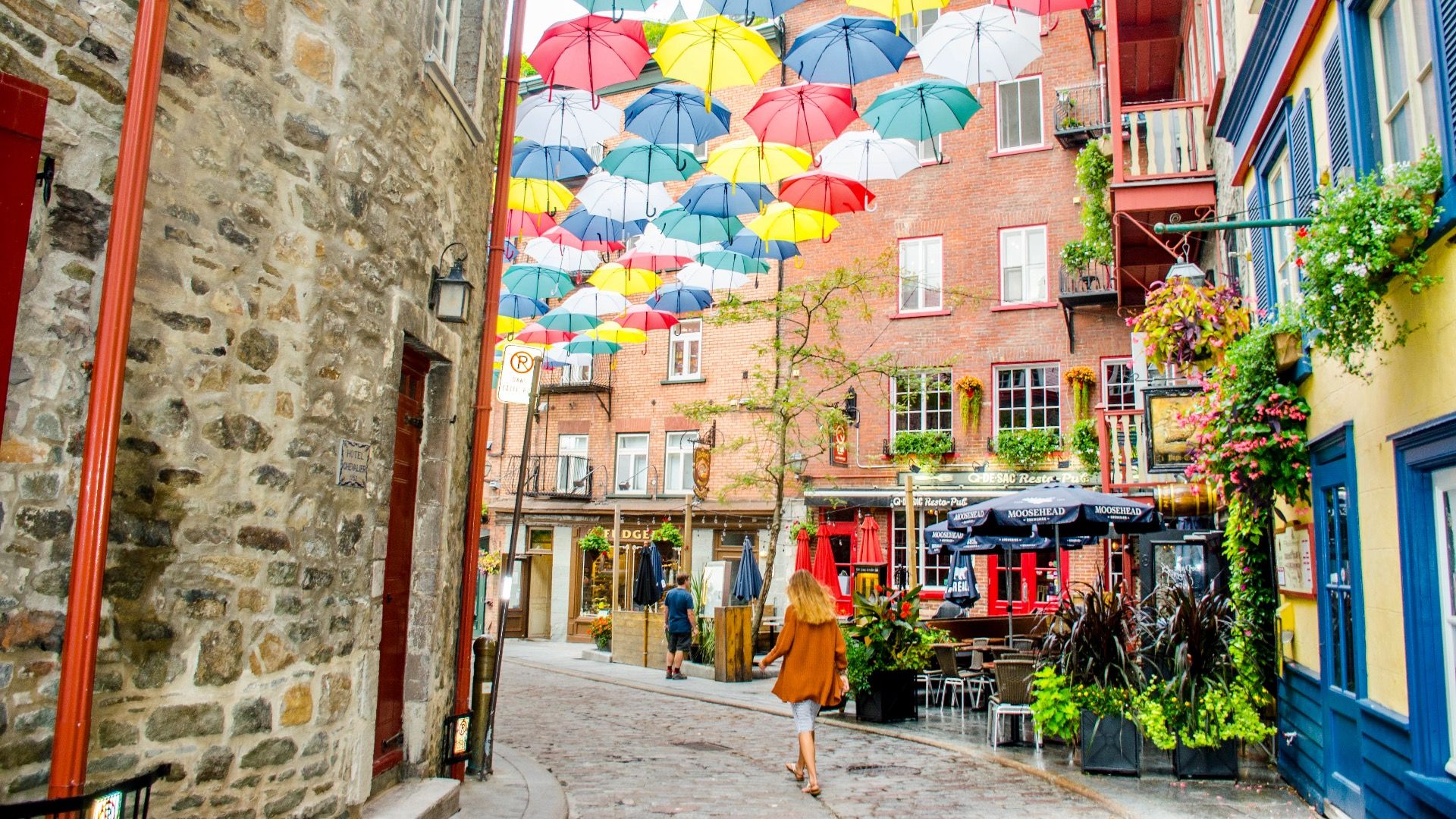summary
- Extreme weather is threatening popular travel destinations, making Scandinavia and other cold places more appealing.
- Travel trends are shifting towards more environmentally friendly options, such as travelling by land and using reusable items.
- Climate change will impact travel plans for 2024, so it’s important to be prepared and think environmentally.
With 2024 expected to be the hottest year on record, the planet’s extreme weather changes are taking a serious toll on travel. While some natural attractions will certainly be lost in our lifetimes due to global warming (many U.S. cities will be underwater by 2050), other places will start to take priority as Northern Europe and other cold destinations start to look more appealing.
If you don’t think climate change will affect your travel plans in 2024, think again. Preparing for what’s to come and how climate change will affect travel is a great way to prepare for the inevitable.

Related
Get away from Europe this summer: 7 destinations with similar vibes
Forget Europe this summer and avoid the tourist crowds in similarly-feeling destinations far from the continent.
Natural weather events may make travel dangerous
More extreme weather events will wreak havoc on popular tourist destinations
Traveling to the tropics has many perks, including mild weather, beautiful ocean, and fun local vibes, but it can also expose you to some of the most extreme weather in the world. Hurricanes are common in this region, and while some Caribbean islands are hurricane-free, others are not. In the past, hurricanes have wiped the entire Hawaiian Islands off the map, so this is not something to take lightly.
It’s not just the tropics where extreme weather is wreaking havoc on travel plans: many popular European cities are experiencing scorching heat, putting summer travel on hold, as is India, and China recently experienced its worst drought on record.
Many of these countries suffer from the heat dome phenomenon, where unusually hot weather is trapped in the atmosphere over a particular region.
|
More extreme weather conditions: |
Droughts, heat domes, hurricanes |
|
Affected areas: |
Central and Western Europe, tropical regions, and most of Southeast and South Asia |
|
Travel Tip: |
If you’re traveling to an affected area, it’s a good idea to have a backup. |

Related
10 European backpacking routes to try this summer
There are few things more thrilling than embarking on a backpacking adventure in Europe this summer, and these routes are definitely worth putting on your bucket list.
Popular destinations and travel times vary
Get ready for changes in how you travel
With extreme weather events threatening the safety and conditions of many previously popular travel destinations, it is best to expect that travelers will begin to migrate further north. Northern Europe is quickly becoming one of the most popular travel destinations for those looking for a beautiful European getaway without the scorching heat, and it is home to many cities that are perfect for solo travelers and families alike.
Consider places like Scotland, Denmark, and Sweden when planning your next vacation. Canada is another great destination for U.S.-based travelers. It’s relatively close, easy to get to, and filled with amazing national parks.
|
Top trends in travel: |
Travel to northern destinations in the off-season |
|
Great New Destinations: |
Canada, Scotland, Sweden, Denmark |
|
Travel Tip: |
Consider booking a trip to a tropical destination in the off-season |
Another way to avoid crowds and extreme weather is to travel during the off-season. Hot destinations, such as Southern Europe, cool down a bit from late spring to early fall, making it the perfect time to hit the beach without worrying about sunstroke.
Balancing travel and environmental friendliness
Be a responsible steward of the environment and get the most out of your trip
There are lots of ways to have a great time abroad while reducing your carbon footprint and helping to protect the environment. Traveling by land whenever possible is one of the best ways to reduce your impact on the environment and you can see so much more of the country while traveling by land.
Buying reusable coffee cups and avoiding plastic wherever possible is also a great idea, and if you must fly, packing lightly will help reduce your air travel carbon footprint.

Related
The surprising European country with the world’s best beaches
While many European countries boast beaches in the top 50, this European-inspired country is a surprise contender. Welcome to Kynance Cove in the UK!
Shopping locally and taking local tours are another way to give back to your community and reduce your impact on the environment. One important thing to keep in mind when traveling this coming season is to be as respectful as possible of the places you visit. This includes being mindful of any recent major disasters that may have occurred in the location, as well as avoiding visiting places that may currently be affected or are still recovering from a weather event.
|
Ways to reduce your environmental footprint: |
Pack light, travel by road, and use reusable coffee cups instead of disposable ones. |
|
The importance of shopping local: |
You’ll save money, help locals and have a more authentic experience |
|
Travel Tip: |
Use our eco calculator to find out what your footprint is |
A little kindness and thoughtfulness will definitely go a long way in making you and your hosts feel as good as possible.


